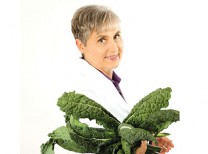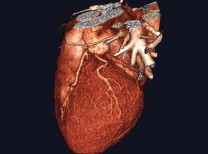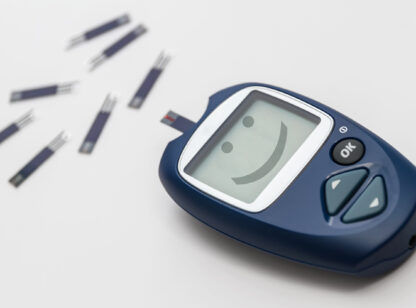Tauroursodeoxycholic acid, or TUDCA, is a water-soluble bile acid produced in our livers to help stimulate the release of bile into the gut. While humans only produce a small amount of TUDCA, the bile of bears is around 50 percent TUDCA and scientists think this may play a role in their ability to hibernate for so long. It appears TUDCA may be more beneficial than we realize.
The liver is one of the most important organs for the elimination of waste in our bodies. Your lymphatic (immune) and cardiovascular systems filter all their fluids through the blood vessels in your liver. The cleaned blood and lymphatic fluid returns to circulation, whereas the sludge that was removed is dumped into your bile and hauled away to your intestines before leaving your body through stools. If your liver bile duct is blocked or backed up, then that sludge can no longer be hauled away. It is essential that the flow of nutrients and fluid through your liver is efficient and unencumbered.
TUDCA’s benefits are mostly associated with helping people correct cholestatic disease (when the flow of bile from the liver stops or slows down). Supplementation of TUDCA has been shown to dramatically increase the release of bile in humans by upwards of 250 percent while simultaneously improving bile quality. Getting your bile moving helps protect your liver and downstream organs (intestines and bowels), and prevents the possibility of your liver bile duct getting clogged or slowed.
By maintaining a free-flowing bile duct, free radical formation that would occur in the event of cholestasis is avoided, thus positively impacting your mitochondria, the energy packs on every cell in your body. This, in turn, maintains the health of your liver cells. An added benefit includes lower serum liver enzymes and improvement in inflammatory pathologies like non-alcoholic fatty liver disease (NAFLD).
An improperly flowing liver bile duct can negatively impact your gut health in various ways ranging from damage to intestinal lining, leaky gut, increased insulin resistance, and even changes in gene expression. It seems this largely occurs due to changes in gut flora by providing necessary bile salts to restore the right microbiome.
Studies show that the ways in which TUDCA prevents cell death and stops DNA from breaking down even helps prevent neurologic diseases such as Alzheimer’s, Parkinson’s, and Huntington’s. One study using TUDCA even showed a reduction in post-stroke brain damage by 50 percent.
Lastly, TUDCA has been shown to display some anti-viral effects on Hepatitis, Influenza A, and Respiratory Syncytial Virus. In some cases, TUDCA prevents the virus from entering the cell, much like a shield, and in others by halting viral replication.
The protective mechanisms of TUDCA have been studied in a wide range of cell types and animal models of human disease. TUDCA is a potent bile acid that doesn’t seem to get the attention it deserves for its diverse therapeutic properties. With what health challenges could TUDCA help you?
Dr. Brian Myers is a naturopathic primary care doctor with a focus on gastrointestinal and cardiovascular health at Live Well Clinic in La Quinta. For more visit www.livewellclinic.org or call (760) 771.5970.
Sources:
1) https://www.sciencedirect.com/science/article/pii/S0006291X11008035;
2) https://www.sciencedirect.com/science/article/abs/pii/S0022347602000744;
3) https://www.sciencedirect.com/science/article/pii/S0006291X10011253;
4) https://onlinelibrary.wiley.com/doi/full/10.1111/j.1471-4159.2010.07092.x;
5) https://www.ncbi.nlm.nih.gov/pmc/articles/PMC3133948/?tool=pmcentrez;
6) https://www.atsjournals.org/doi/abs/10.1164/ajrccm-conference.2015.191.1_MeetingAbstracts.A4050;
7) https://www.ncbi.nlm.nih.gov/pmc/articles/PMC3281634/;
8) https://www.ncbi.nlm.nih.gov/pmc/articles/PMC3957944/;
9) https://www.ncbi.nlm.nih.gov/pubmed/25310532;
10) https://bpspubs.onlinelibrary.wiley.com/doi/pdf/10.1111/bph.14095;
11) https://www.ncbi.nlm.nih.gov/pubmed/18435680;
12) https://www.ncbi.nlm.nih.gov/pubmed/9918905;
13) https://www.ncbi.nlm.nih.gov/pmc/articles/PMC4030606/;
14) https://www.physiology.org/doi/full/10.1152/ajpgi.00258.2011

















































Comments (0)